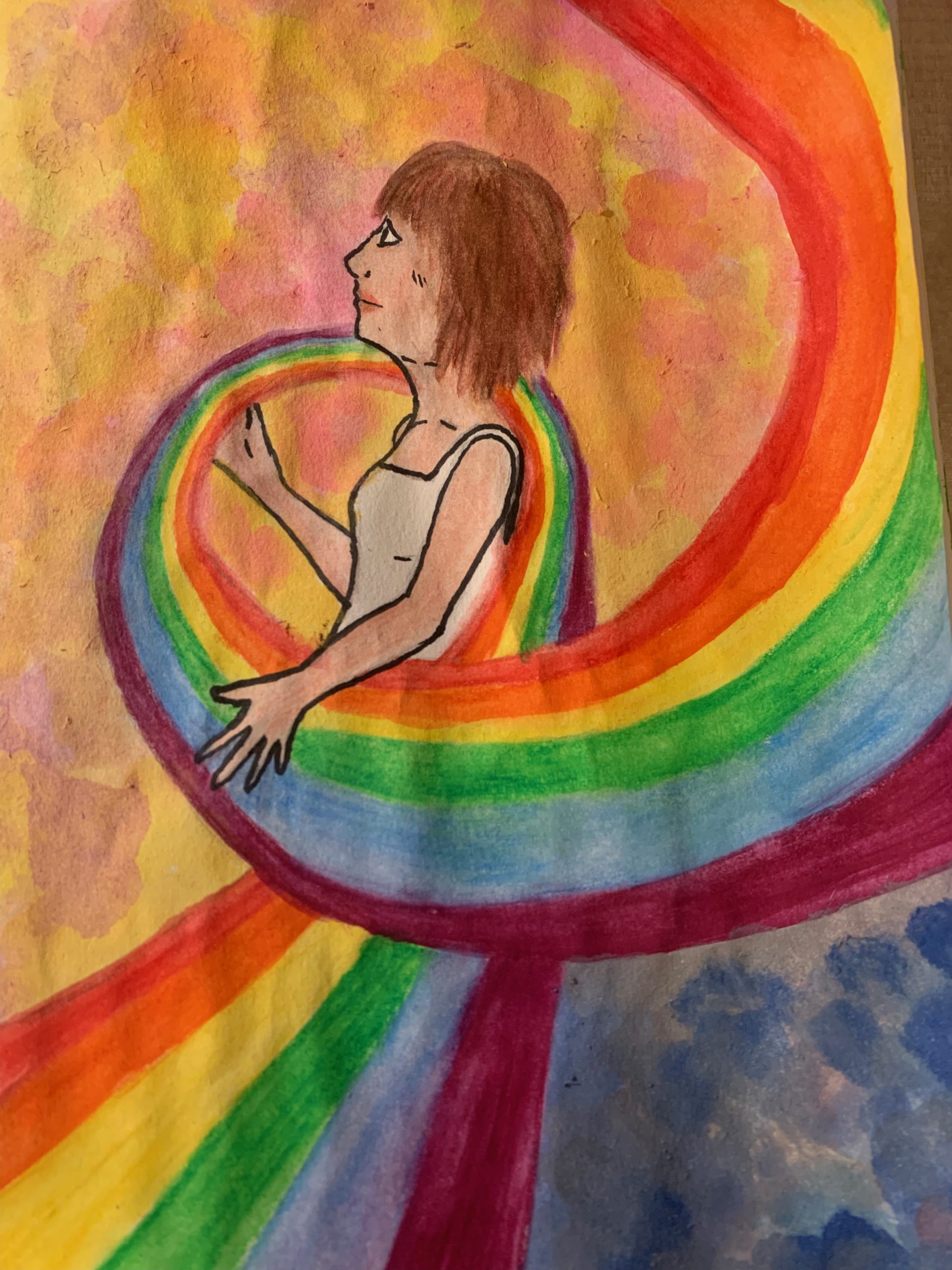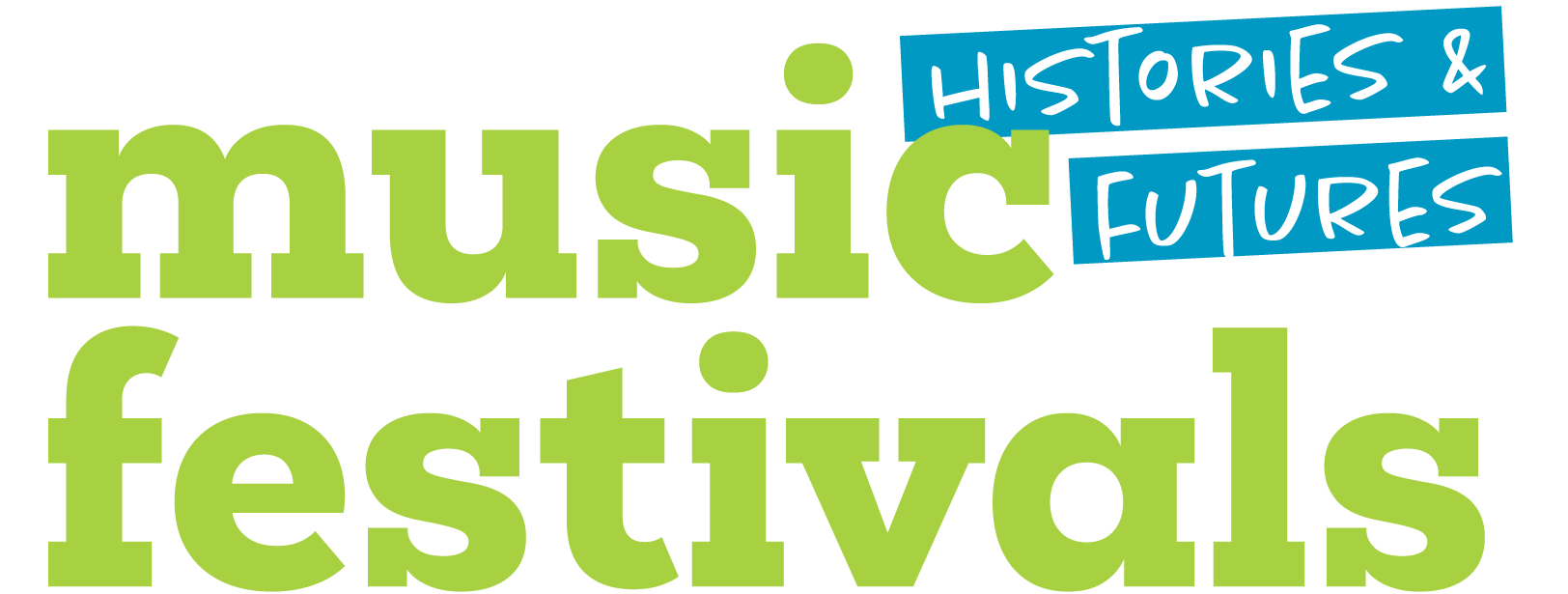As a professional historian I am accustomed to a certain level of rigidity when it comes to my own work, and the work and research that I encounter. I have typically shied away from material culture, let alone artistic expressions, when doing research. I have always kept my own art at arm’s length from my historical work, preferring the directness and ease of the written word. Even now I am turning to text to explain myself. But there is a freedom in art of all kinds that not even the strictest academic can deny. So, while I listened to the discussions during the conference today I was inspired to finally bridge the gap between my artistic self and the historian.
Though this conference was focused on music, and often on the messages that music can convey, I personally am more artistically inclined for visual arts. But I don’t think that there is a strong dividing line between different types of artistic expression, all of which bring a certain amount of freedom of expression.
I have hesitated from sharing my art for more than fear of judgement from my academic peers. I also dread my own art being critiqued by others more talented than myself. There are limits to my creativity, and my hand is clumsy and unpractised. I know there are so many who are more talented, more inventive, and freer than myself. So why would I expose such a raw part of myself? But today I decided to include a two-part response to my experience at this conference. I painted while I listened and allowed the discussions to shape my canvas. I also included this explanation, as no matter how free I wish to become, I still take comfort in the written word and my ability to explain myself on paper.
This is all to say: How can art motivate and move you to create? What would you do if there were no rules in your profession or career?

Victoria Seta Cosby is an upper year doctoral candidate in the Queen’s University History Department in Ontario, Canada. Her research interests include Canadian women, the British World, and gender and sexuality studies. She is currently working on a biography of Harriet Dobbs Cartwright.
